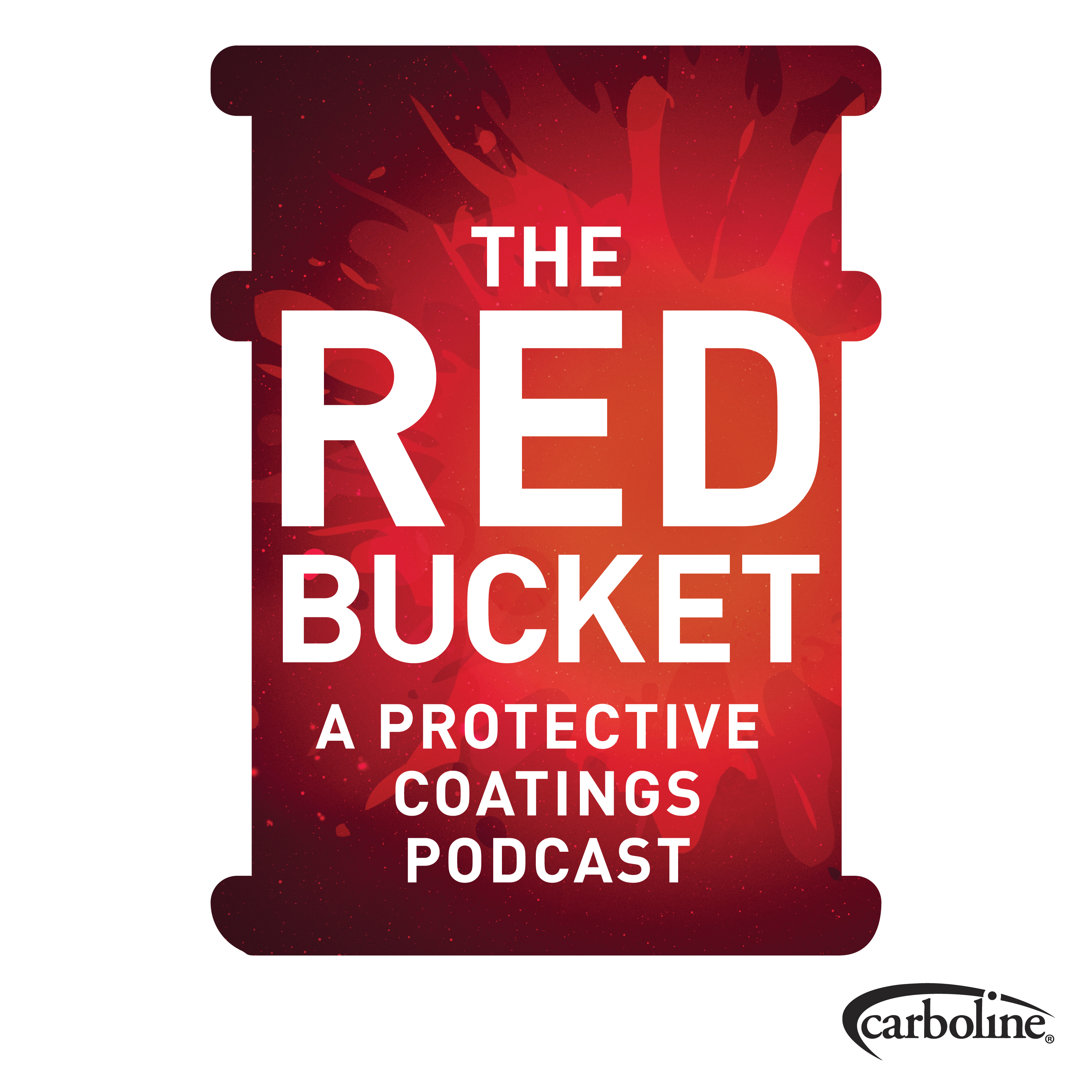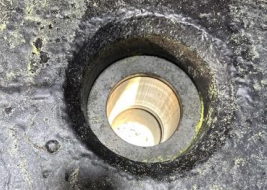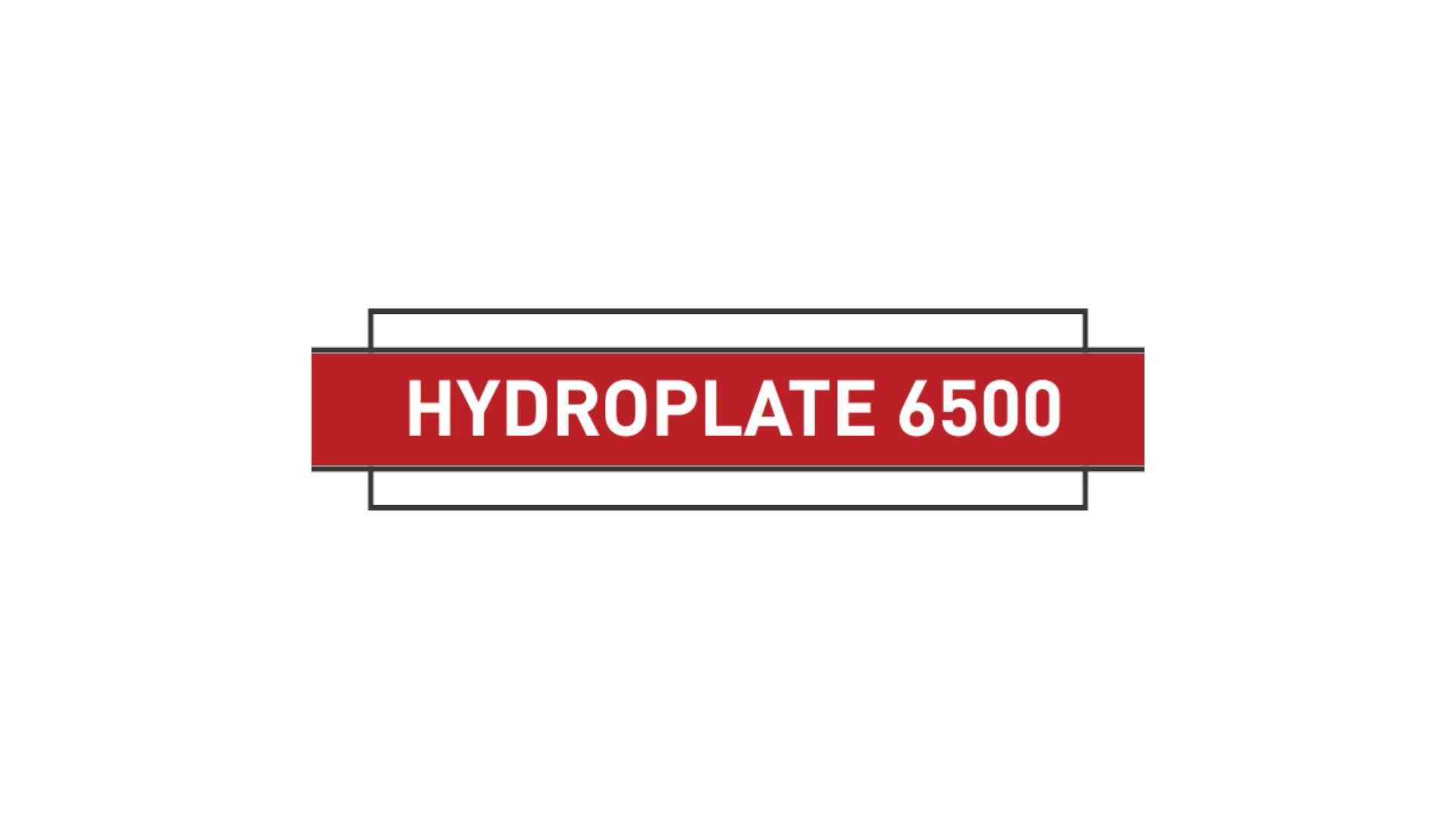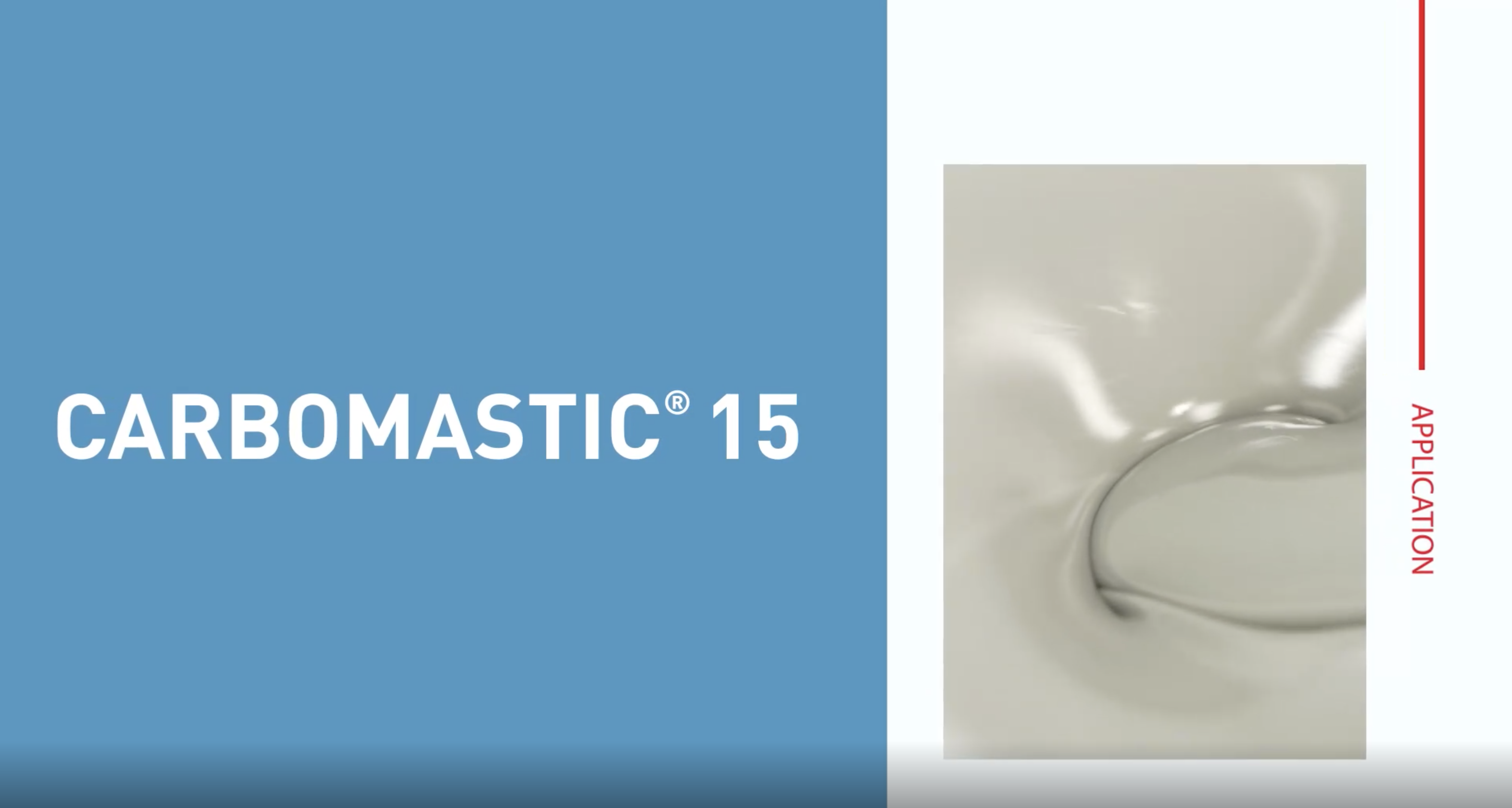Archive
Two-coat inorganic coating system for steel bridges
Design considerations for steel bridge coatings include exposure environment, aesthetics, application, and cost. Steel bridge coatings must offer protection against corrosion. Current techniques include traditional three-coat zinc, epoxy, urethane systems, galvanizing, and thermal spray metallization. Another pathway for steel protection includes the use of decades-old inorganic zinc spray-applied coatings. This approach offers the performance of a metallized coating while using conventional spray application. What's new is the use of an inorganic topcoat that maintains performance and shop throughput while adding color and aesthetics. This study will compare a two-coat inorganic coating system alongside galvanized, thermal spray metallizing, and sealed thermal spray metallizing systems in corrosion resistance lab testing. A discussion of applied cost and throughput will be presented, along with a review of the chemistry of this approach and the sustainability benefits it offers.
The Red Bucket – Episode 22. Protecting molten sulfur tank cars (Feat. Lupe Pavon and Steve Liebhart)
In this episode, rail industry expert Lupe Pavon and tank lining expert Steve Liebhart explore service environment, cleaning/surface preparation, and protective lining principles for rail cars in molten sulfur service.
The Red Bucket BONUS – Estadio Santiago Bernabeu (Con Juan Pablo Ortega y Emilie Musso)
En el episodio inaugural en español de The Red Bucket, nuestros compañeros de Carboline España Juan Pablo Ortega y Emilie Musso hablan sobre la reciente renovación del icónico Estadio Santiago Bernabéu en Madrid, España. El alcance del proyecto incluyó la aplicación de materiales ignífugos cementosos e intumescentes, así como recubrimientos protectores de alto rendimiento.
The Red Bucket – Episode 21. Zinc and a comparison of painting, galvanizing, and metalizing (Feat. Kristen Blankenship)
Using the way zinc works as a backdrop, Kristen Blankenship compares galvanizing, metalizing, and inorganic zinc-rich coatings.
Why substrate surface blending is needed prior to relining tank cars in molten sulfur service
Performance of rail car lining materials varies wildly depending on the commodity. Some commodities are benign enough that a general-purpose epoxy lining might last a generation. But for molten sulfur, owners and shippers are thrilled if even a high-performance epoxy or novolac vinyl ester lasts three years.





